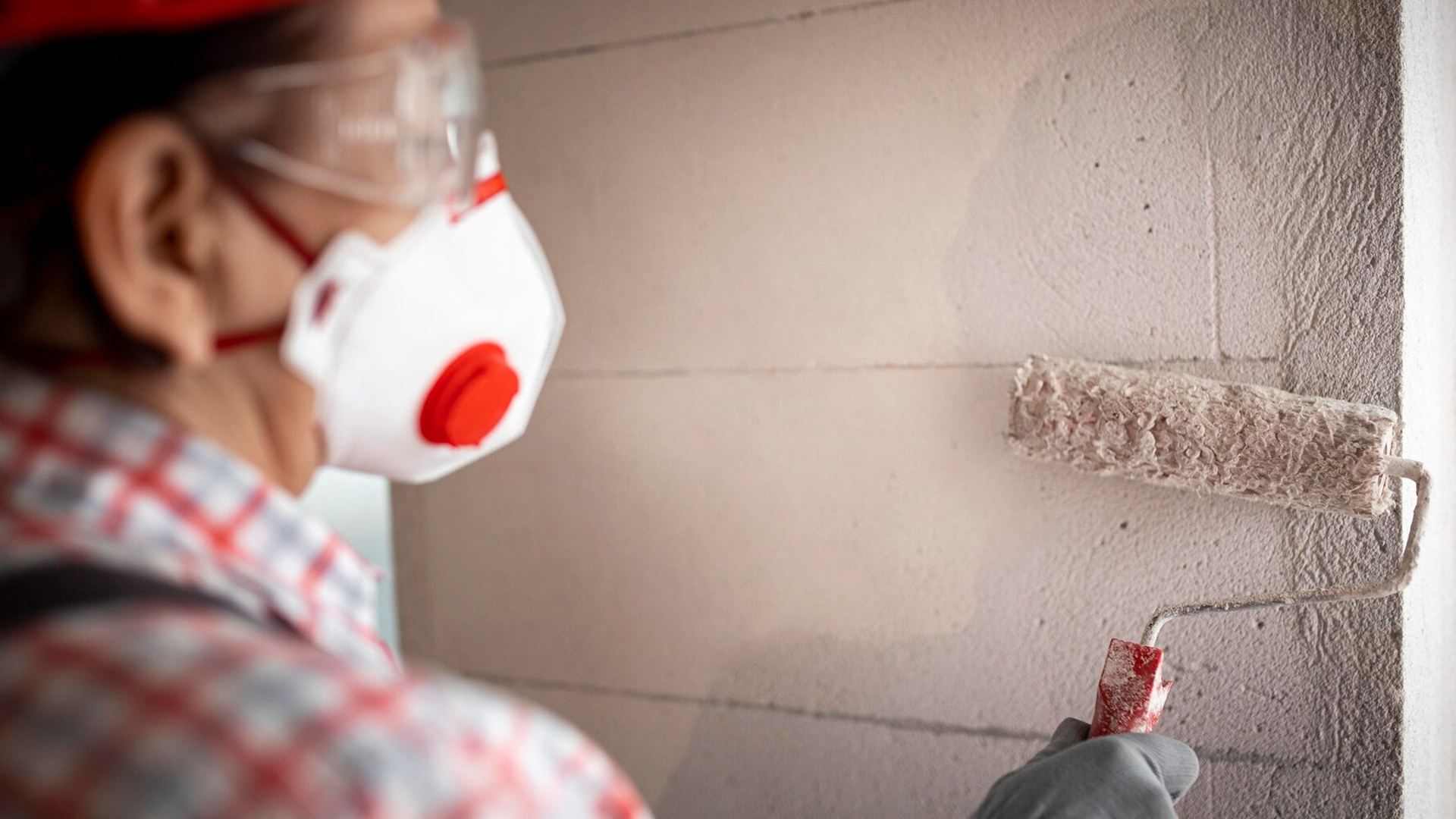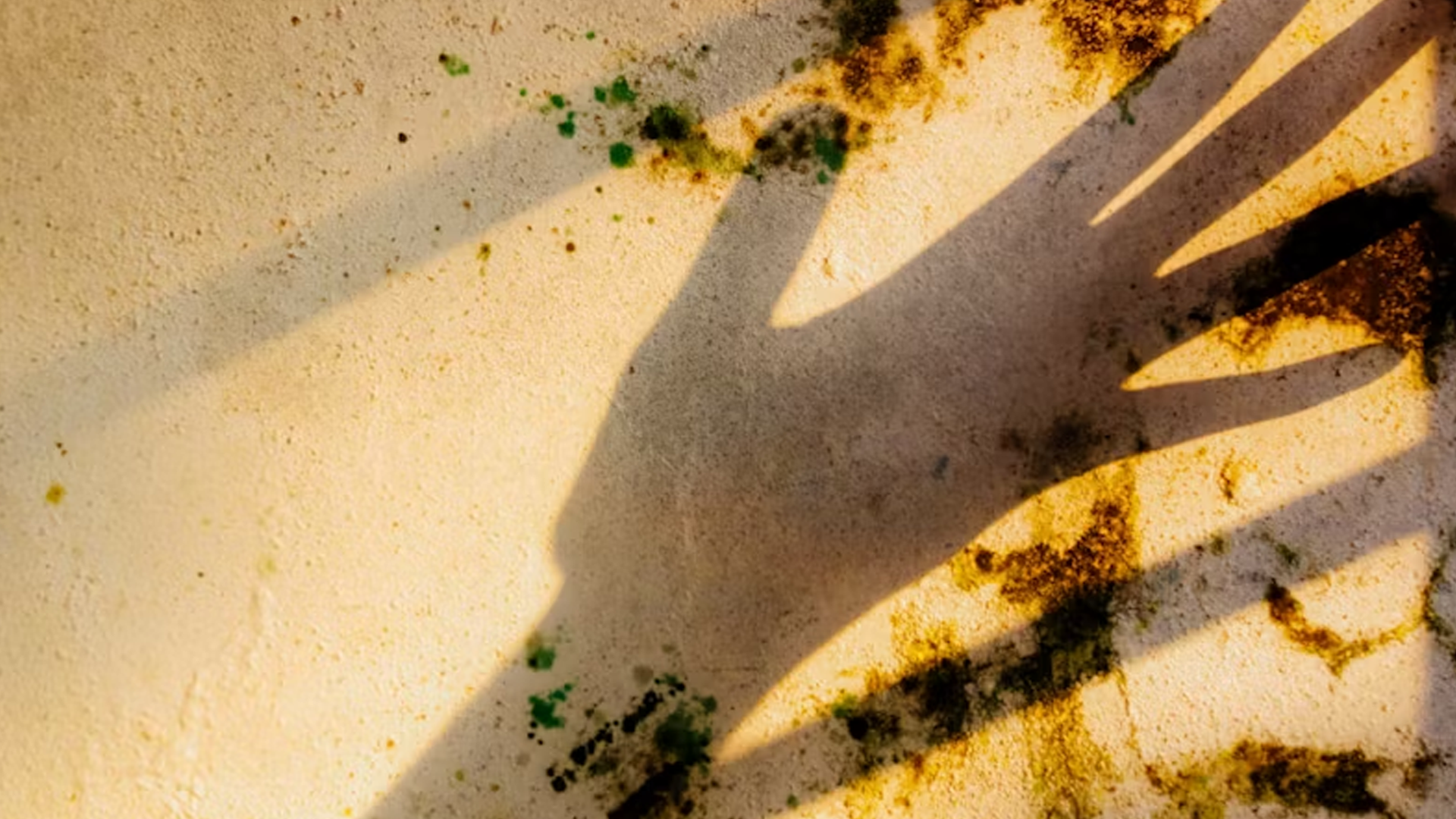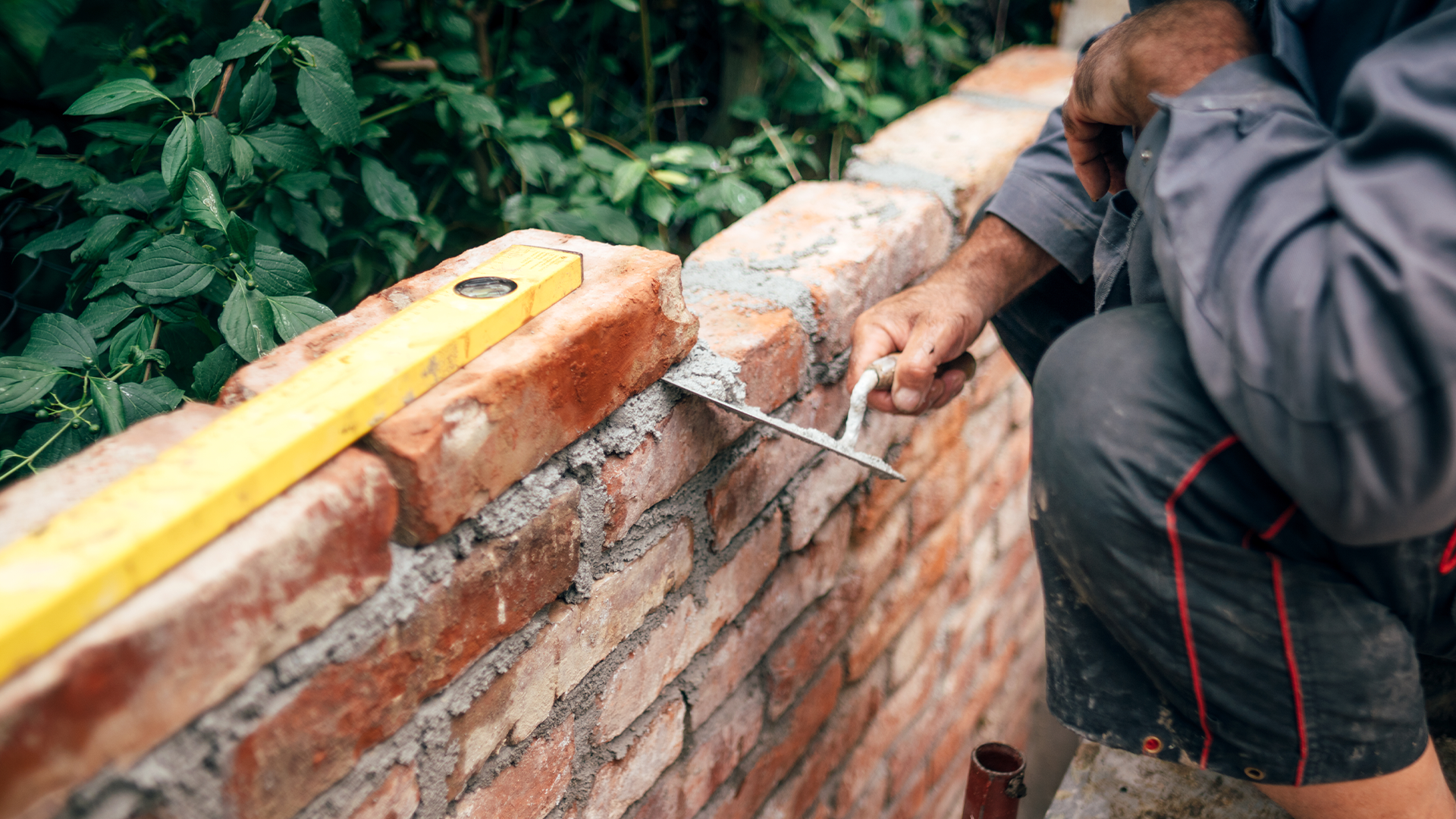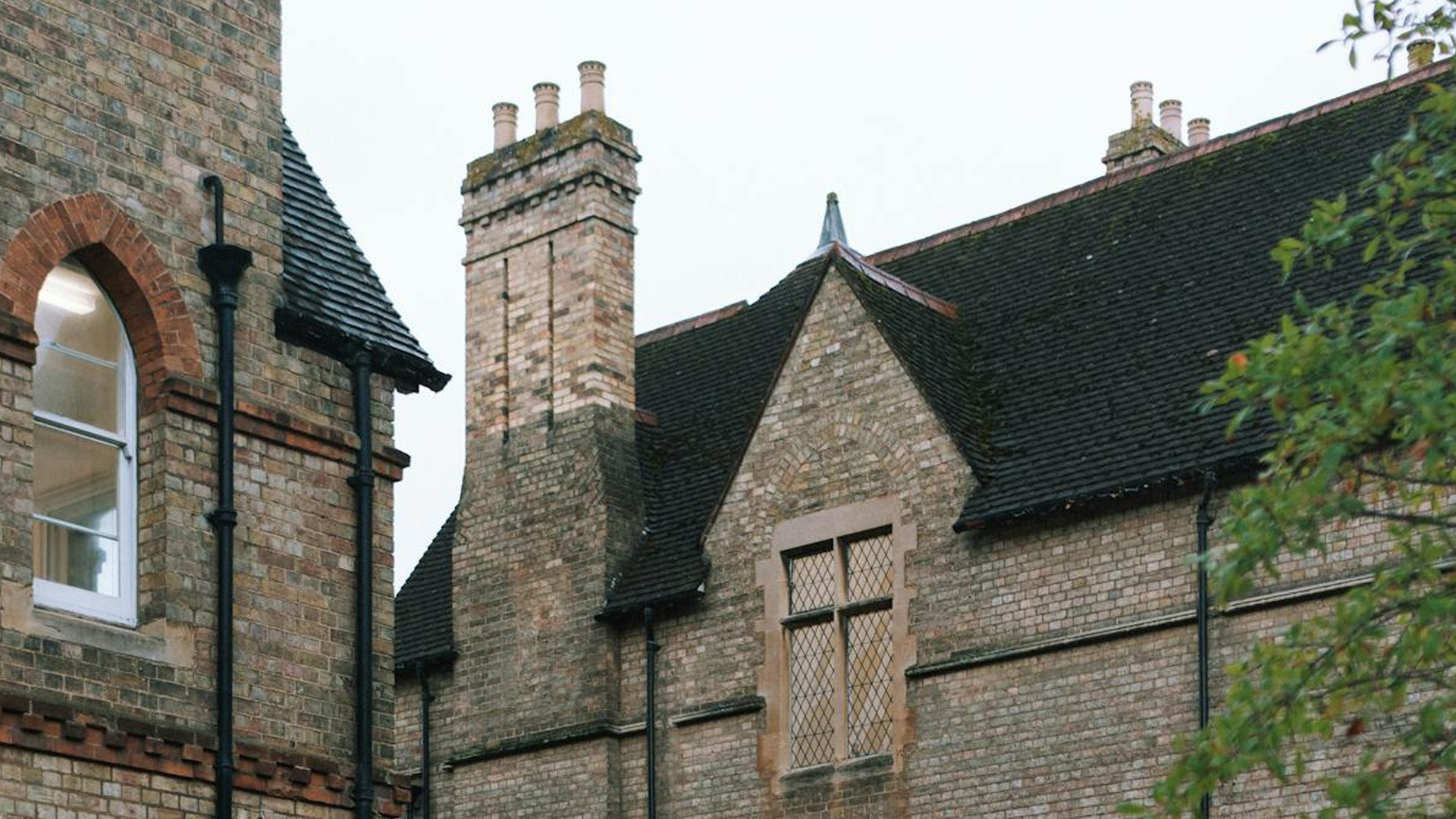Winter weather can cause a lot of harm to our houses. Pipes may freeze, snowfall can harm rooftops, and storms can collapse trees outside. But did you realise that hot temperatures can also cause damage to your home exterior?
Hot, humid conditions have a different impact on dwellings than cold weather.
Humidity and heat damage can be frightening. The damage might occur gradually over time, and you may not realise it until it’s too late.
Mould starts to grow on your walls all of a sudden. It’s among things where you can’t see it because you can’t wander around till it’s too late and notice anything.
Heat and humidity not only threaten the structural integrity of your home, but the result (mould and mildew) may lead to health problems and even termites. That may take a while. It’s a long process, but it isn’t easy to stop once it begins.

Impact on the Foundation
Because of the drying effect of heat, the home’s foundation could be jeopardised throughout the summer months. The surrounding earth is used as a constant support network for foundations. As such ground warms, the soil shrinks, and moisture evaporates, forcing the soil to detach from the flooring and causing potential foundation damage.
There are several things you may do to help avoid this from happening. A sprinkler system will assist in maintaining a normal moisture level all-around the foundation of your home. Another technique to keep the soil around the foundation from drying up is ensuring there are no large trees too close to the house. Trees absorb moisture from the earth and can cause drought-like conditions in the region around their roots when there isn’t enough of it.
Impact on the Roof
Roofs are also highly vulnerable to heat damage. Attics are generally poorly ventilated, and they are the hottest portion of a house. The excessive humidity under the roof might lead the shingles to degrade at a faster pace due to humidity accumulation in the attic. However, correctly maintained ductwork and ventilation might help to alleviate this issue.
High temperatures might cause the roof to stretch and flex, which can cause shingles to fracture and leak. The heat may also dry out all the caulk surrounding flashing, weakening the roof’s structural integrity. Installing vapour barriers to reduce moisture, sealing and coating the roof to protect from harmful UV rays, painting the roof with some lighter colour, and arranging routine maintenance checks to ensure everything is in good working order can all help prevent this.
Impact on Hardwood Floors
Hardwood floors, just like the roofs, can warp as a result of the moisture that arrives with the warmer seasons. Wood expands in the presence of humidity and heat, and as it starts absorbing the moisture, the floorboard edges push upward, resulting in an uneven pavement. Floors could also “buckle,” pulling upwards from the subfloor completely.
The moisture that collects in wooden floors might ultimately dry out, enabling them to recover to their previous shape. Still, the summer’s high humidity can cause the flooring to crack and actually be harmful. To avoid this, whole-house dehumidifiers could be installed to control humidity levels throughout the property. Humidity in houses having exterior hardwood floors must ideally be kept between 35 and 55 percent, so running your vents on very humid days will help keep your floor in good shape.
Finally, when washing your floors, using as little water as possible can be helpful. Summer humidity slows the evaporation process, leaving moisture on your floor for long durations, allowing it to soak into the floorboards.
Impact on Décor
Humidity and temperature changes in your house can impact furniture and home décor, either ancient or purchased online. Wood may dry up during the colder months and expand in the humid summer month. Any wooden furniture kept out in your home, such as boundary frames, armchairs, antique tables, and so on, can be affected.
Humidity impacts home décor as well, with artwork prone to mould growth, flaking, and degradation in damp situations. The warm weather can affect a range of common household objects.
You can safeguard your valuables by regulating the humidity within your home, just like museums do to protect valuable artwork by controlling the temperature and humidity inside.
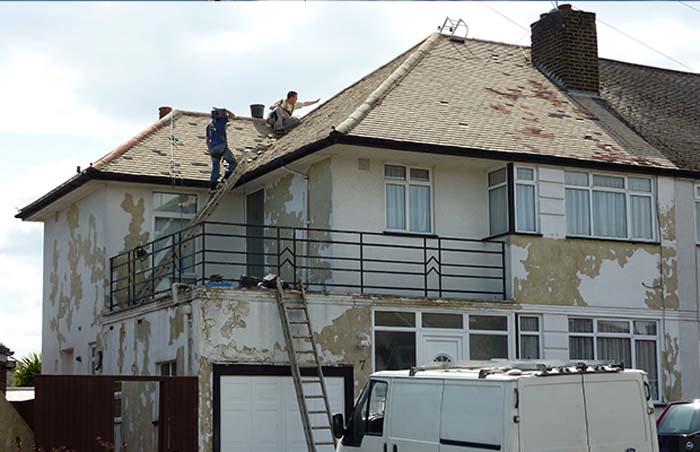
Impact on Crawl Space
Most homeowners don’t think about their crawl space until it floods due to a plumbing mishap or a summer storm. But did you know that extreme heat and humidity may cause just as much harm to your crawl space as a leaking pipe?
When air is confined inside the crawlspace, it can grow stagnant, causing the humidity level to rise over time. Your crawlspace might become subject to mould and decay if condensation forms due to the hot and moist air. Humidity problems can occur in both vented or unvented crawl spaces, so adding vents for proper stagnant air movement isn’t always effective.
Conclusion
The effects of high summer heat and humidity can be felt throughout your home, from the foundation to the roof. Heat and humidity can cause substantial damage to your property over time, even if the consequences aren’t immediately noticeable. A heatwave now could cost you money in the long run if you don’t take the necessary care and precautions.
Hiring someone to enclose the area in humid regions is the best approach to prevent crawl space harm. A contractor can fully cover your home’s foundation and the dirt beneath it with spray foam and heavy plastic, keeping any moisture from rising from the ground. This keeps moisture from damaging your home’s foundation due to humidity.


